|
Roos' Lost battalions
During the battle of Poltava six Swedish battalions led by major general Roos
fought the Russian redoubts for too long
and lost contact with the rest of the main force. Before Roos found out
about their whereabouts his force was attacked by two Russian forces
sent out from the Russian camp. These consisted of five dragoon
regiments commanded by Heinske and five infantry battalions commanded by Rentzel, each attacking from a separate direction. The six Swedish
battalions originally had a combined strength of 3 000 men. But they had
suffered great casualties in the redoubt battle and were then
reorganised to just four battalions. During the following battle at the Yakovetski forest these battalions were deployed as shown below.
Battle at the Yakovetski Forest
Heinske's Force
(attacked the Swedish left flank)
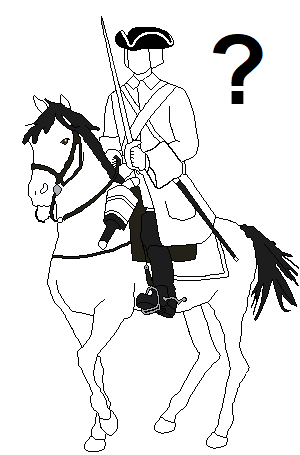
Yamburgski
Dragoon Regiment |
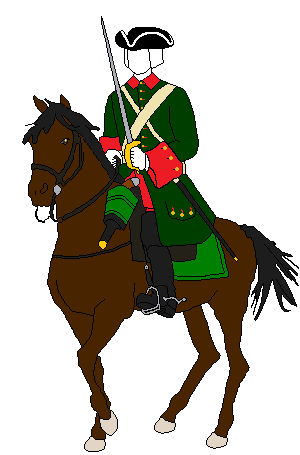
Kargopolski
Dragoon Regiment |
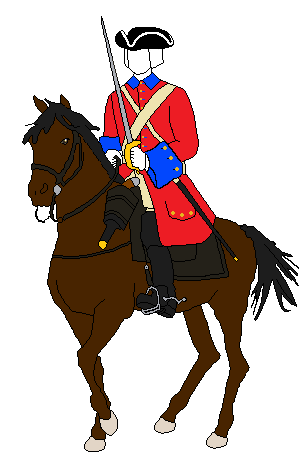
Ranenburgski
Dragoon Squadron |
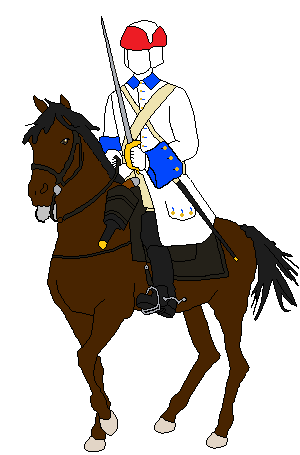
Smolenski
Dragoon Regiment |
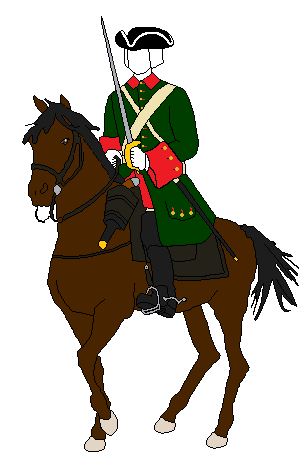
Troitska
Dragoon Regiment |
Roos' Force
(defended themselves in an open square)
|
|
Rentzel's Force
(attacked the Swedes in the front)
|
|
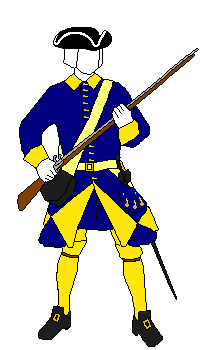 |
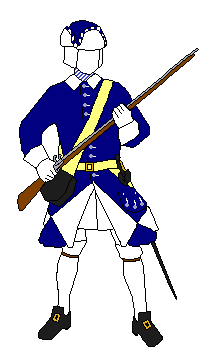 |
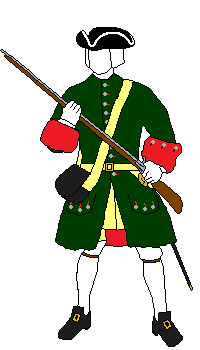 |
Koporski Regiment
(2 battalions) |
|
Dal-regiment battalion
Västerbotten battalion |
 |
|
Jönköping battalion
Närke-Värmland's first
battalion |
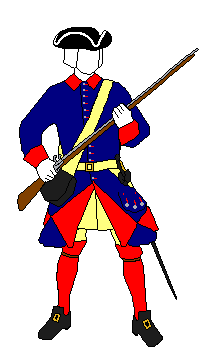 |
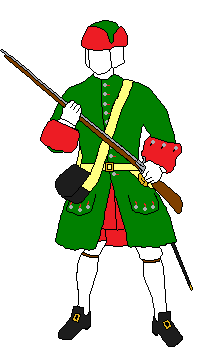 |
Tobolski Regiment
(2 battalions) |
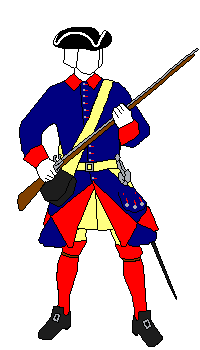 |
 |
 |
von Fichtenheim's
Regiment
(1 battalion) |
The Swedish battalions could not withstand the Russian attack and were
forced to retreat through the Yakovetski forest to an abandoned redoubt
nearby a monastery. Of the original force of 3 000 men only 400 Swedes
remained.
The Russians were in pursuit and an additional two infantry regiments were
sent to the monastery. In that situation Roos had no other choice than to
surrender which also happened.
Russian Reinforcements Sent to the
Monastery
|
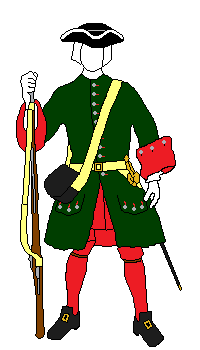 
Rostovski Regiment
(2 battalions) |
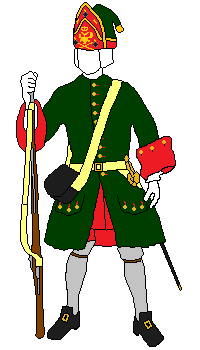
du Bois' Grenadier Regiment
(1 battalion) |
Curiously enough none of the
battalions led by Roos seem to have lost any colour while fighting in the Yakovetski forest. Two light blue colours captured by Rentzel's force
probably belonged to Västerbotten Regiment but no soldier is mentioned as
having captured any of them so they were most likely handed over to the
Russians when the Swedes surrendered . Altogether ten company colours from Västerbotten Regiment are recorded in the Russian trophy lists. That is
three to many and this irregularity is probably the result of Österbotten
colours mistakenly being mixed with Västerbotten's (the men from Österbotten
Regiment were included in Jönköping's battalion). Jönköping Regiment seem to
have lost all their seven company colours (the colonel's colour was lost at Malatitze 1708),
but it is only the three taken by Menshikov's cavalry we know how they were
lost. The Russian trophy lists only records four colours from Dal-regiment. Three
of these were taken by Menshikov's cavalry while the history of the fourth
is unknown. An ensign from the Dal-regiment, Isac Pommerijn,
later wrote that he tore down his colour from the pole and hid it underneath
his cloths until he burnt it one year later. Apparently he was not only one
doing this because that would explain why only four Dal-regiment colours
were captured. It is not possible to determine how many Närke-Värmland
colours were lost in the Yakovetski forest or the capitulation when it is
not explicitly mentioned how they were lost because one of the two
battalions participated in the main battle (one was however taken by Menshikov's cavalry).
The same thing applies for the Finnish regiments serving in Närke-Värmland's
battalions.
Read also about the opposing
armies' order of battle at Poltava. |

